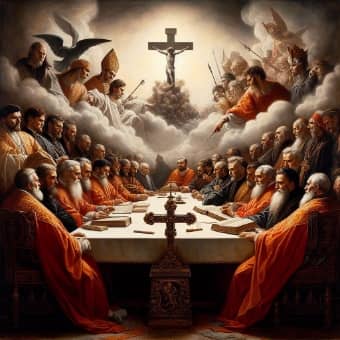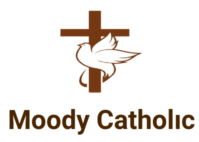The Great Schism of 1054
A Dividing Point in Christian History
The Great Schism of 1054, also known as the East-West Schism, marks a significant turning point in the history of Christianity. This event led to the split between the Eastern Orthodox Church and the Roman Catholic Church, creating lasting religious and cultural divisions that continue to influence the world today.
The schism was the culmination of centuries of tensions and disagreements between the two branches of Christianity. Issues such as the authority of the Pope, theological differences, and cultural clashes contributed to the growing rift. The final breaking point came in 1054, when mutual excommunications were issued by representatives of the Eastern and Western churches, formally severing ties between the two.
One of the central issues that fueled the Great Schism was the question of papal authority. The Eastern Church rejected the Pope’s claim to universal jurisdiction over the entire Christian Church, advocating for a more decentralized form of leadership. This stance clashed with the centralized authority of the Roman Catholic Church, leading to a deepening rift between the two factions.
This blog post contains affiliate links. When you click on a link on this page and make a purchase I may earn a small commission, at no additional cost to you. Thank you for your support.
Another significant point of contention was the theological differences between the Eastern and Western churches. Disputes over doctrinal interpretations, the use of icons in worship, and the nature of the Holy Spirit further widened the gap between the two traditions, ultimately contributing to their split.

The cultural and linguistic diversity within the Christian world also played a role in the schism. As the Western Roman Empire declined and the Eastern Roman Empire (Byzantine Empire) endured, cultural and linguistic differences further distanced the two branches. This, alongside political factors, intensified the division between Eastern and Western Christianity.
The consequences of the Great Schism were profound and enduring. It not only fragmented the unity of the Christian Church but also had lasting effects on the cultural, political, and religious landscapes of Europe and beyond. The subsequent establishment of the Eastern Orthodox Church and the Roman Catholic Church cemented the split, shaping the course of religious history for centuries to come.
Chart Your Course Through the Middle Ages
Embark on a captivating journey through time with The Penguin Historical Atlas of the Medieval World. This meticulously crafted atlas offers a vivid portrayal of the Middle Ages, from the fall of Rome to the dawn of the Renaissance. Explore detailed maps, informative text, and stunning visuals as you uncover the complexities of medieval life, politics, and religion.
Whether you’re a history enthusiast or a student, this atlas is an indispensable tool for understanding this fascinating era.
Discover the intricacies of the medieval world with unparalleled clarity. Order your copy of The Penguin Historical Atlas of the Medieval World today and unlock the secrets of the past.
In summary, the Great Schism of 1054 stands as a critical moment in the evolution of Christianity. Its far-reaching impact continues to reverberate through the traditions, beliefs, and practices of both the Eastern Orthodox and Roman Catholic Churches, underscoring the enduring significance of this historical divide.
Looking for unique Catholic gifts? Check out our gift guide!
Thank you for visiting my Moody Catholic blog. If you enjoyed reading this article please tell others by clicking on the share button in the lower right hand corner, right underneath the scroll to top arrow.
